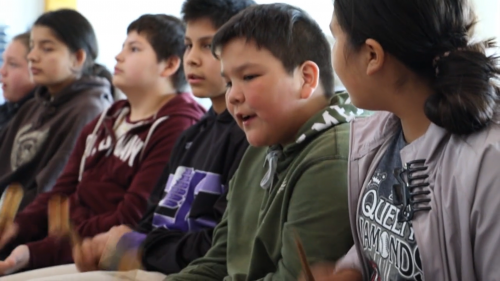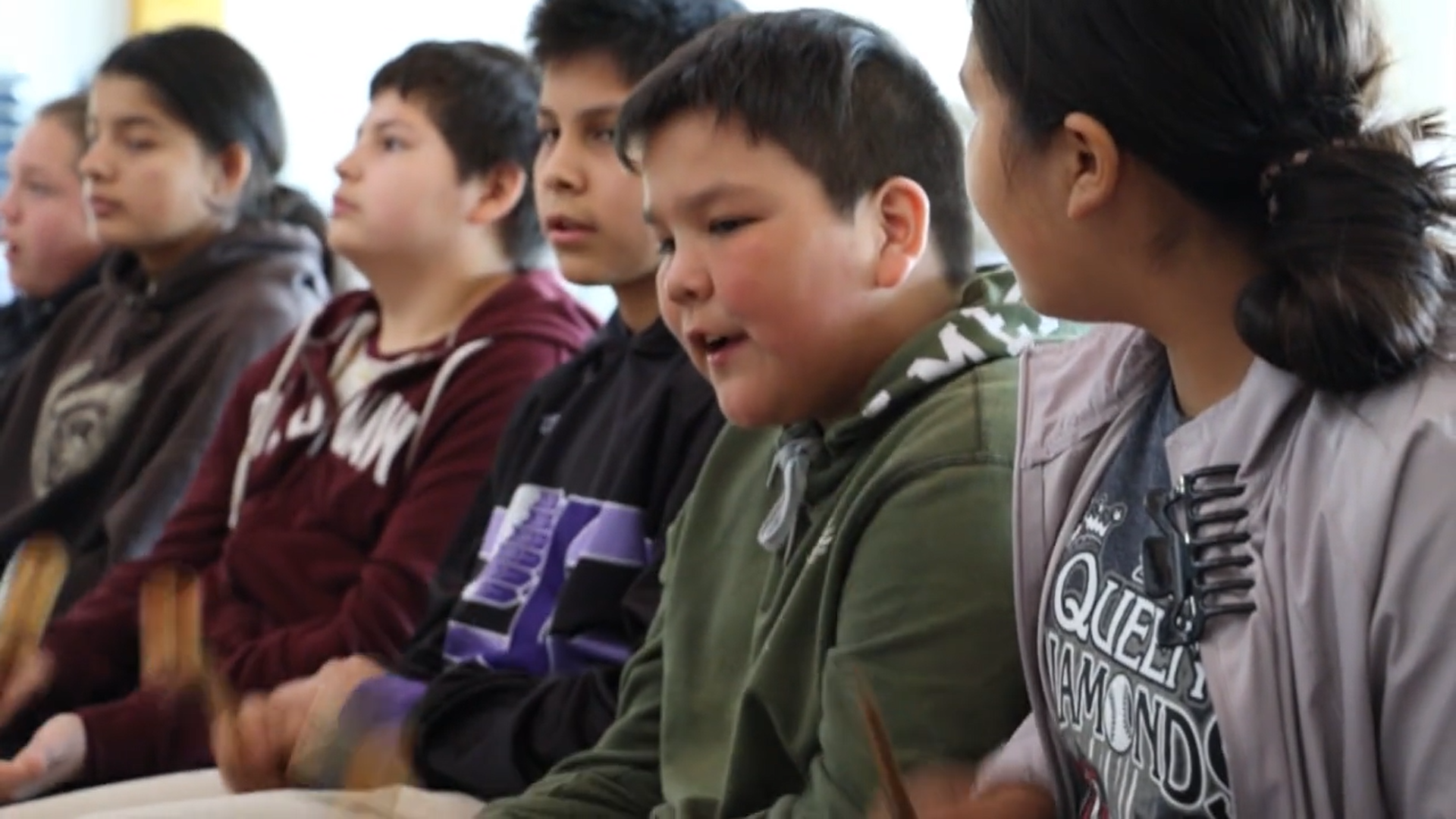Celebrating Indigenous physical literacy
 Every Indigenous school has its own unique needs, but one thing they have in common with the rest of the school system is it’s difficult to convince the administration and teachers to set aside meaningful time for movement and physical literacy. Following a project that aims to change that, Sport for Life is releasing seven videos that celebrate the accomplishments of Indigenous schools in Canada.
Every Indigenous school has its own unique needs, but one thing they have in common with the rest of the school system is it’s difficult to convince the administration and teachers to set aside meaningful time for movement and physical literacy. Following a project that aims to change that, Sport for Life is releasing seven videos that celebrate the accomplishments of Indigenous schools in Canada.
“For this project, each school had a physical literacy mentor full-time. In some cases it was a teacher already in the school, and sometimes it was a person hired from outside. They were there to support physical activities to start with, then gradually influence and enhance the programming,” said Sport for Life project coordinator Lea Wiens.
“The mentor would then work with the school on equipment purchases and figuring out age-appropriate delivery. In each school there was training for the staff, and all of the teachers were able to learn about new ways to approach physical literacy.”
Overseeing the project along with Aboriginal Sport Circle was Sport for Life’s Manager of Indigenous Projects Greg Henhawk. As the mentors went to work, he championed an approach popularized by David Epstein in his book Range. Rather than identifying milestones and then trying to replicate them from one setting to the next, the teachers organically adapted their approach based on the response of the students.
“The response we heard was they wished this program would go beyond the first year, and last for many years after. Our approach was rather than having a grand plan, it was more like a series of controlled experiments. And when we did the follow-up interviews afterwards, it was clear the students gleaned valuable lessons,” he said.
“When you’re looking at the epiphanies they had, it’s not those big measurable things. It’s the smaller skills that add up to something bigger. That’s how we frame physical literacy, just like English literacy: once you have one skill it can be added to the many skills and incorporated into everyday life. You’re not just told to walk, you have to start with crawling.”
According to Henhawk, even the communities that consider themselves traditional have been influenced by colonization. So even though they may want to cling to old-school pedagogy, teachers were able to show them how the new methodologies being touted by Sport for Life were a valuable addition. As he puts it, “you can’t turn back the clock”.
Now that the project is over, the videos that document the progress made are ready to be shared amongst First Nations communities. They’ve been made available on Vimeo, and Wiens hopes this will encourage new communities to sign up.
“The idea with the videos is to create some interest and excitement around what’s possible, and then hopefully other schools will begin to look at physical literacy as an important vehicle for enhancing physical and mental health outcomes of their students.”

